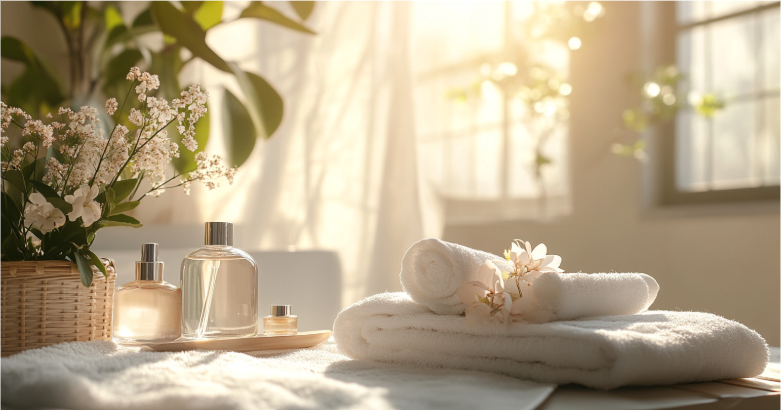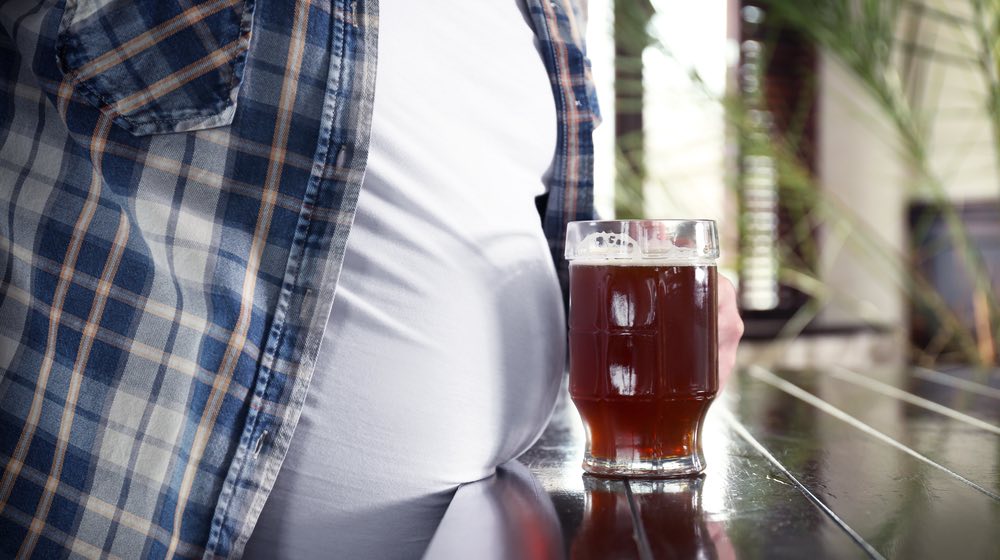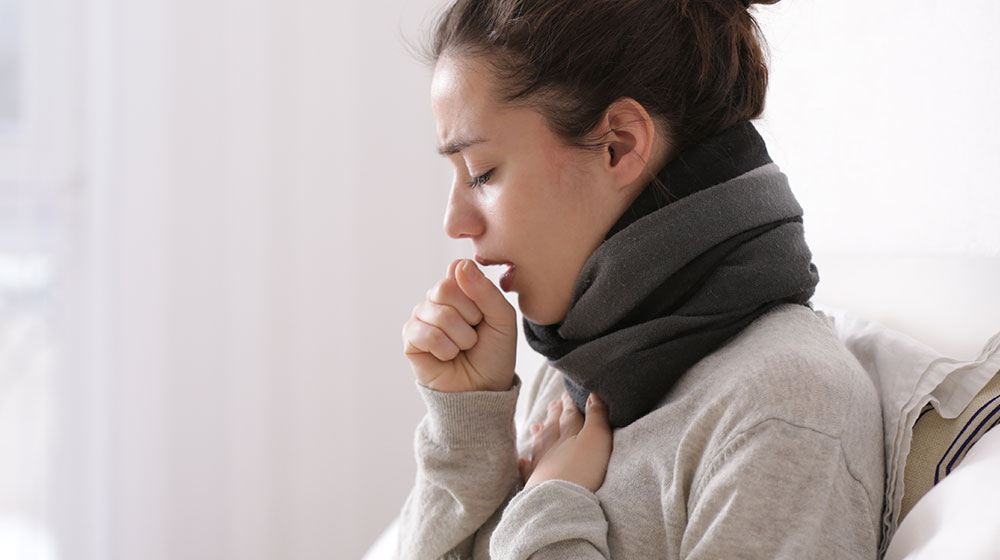Your lungs serve as your body’s filtering system, but some people like smokers and those with chronic lung conditions need a bit of extra help.
Learn 9 ways how to clean your lungs and keep them in tip-top shape.
RELATED: COVID Survival Guide | Lifestyle Changes To Lower Metabolic Risk
How to Clean Your Lungs: 11 All-Natural Methods
Click here to jump to the infographic
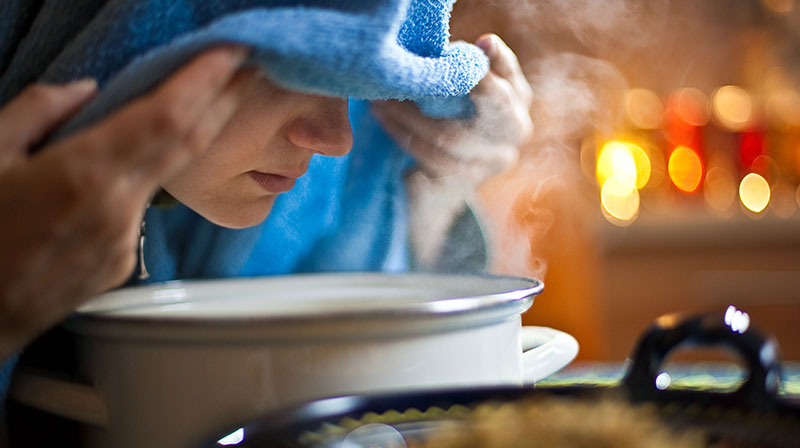
1. Quit Smoking

If you smoke, quitting is the best way to clean your lungs of stale air. Your lungs are a self-filtering organ, but this only works when you stop exposing yourself to the things that pollute them.
Quitting smoking also makes your nose feel less stuffy and reduces your risk of getting lung cancer and developing conditions like chronic obstructive pulmonary disease (COPD). There are no hard and fast methods for quitting, but support for smokers who do want to stop are out there to help you start the process and remain on course.
2. Exercise Regularly

Exercising gives you a ton of health benefits and decreases your risk of developing conditions like heart disease and diabetes. It also conditions your lungs to get used to working harder and makes it more efficient in circulating your blood and using oxygen.
If you have a lung condition that prevents you from doing conventional exercise, even simple stretches and movement can help you manage your symptoms and clean out air from your lungs. Make sure to consult your doctor in case you do want to start an exercise program.
3. Inhale Some Steam
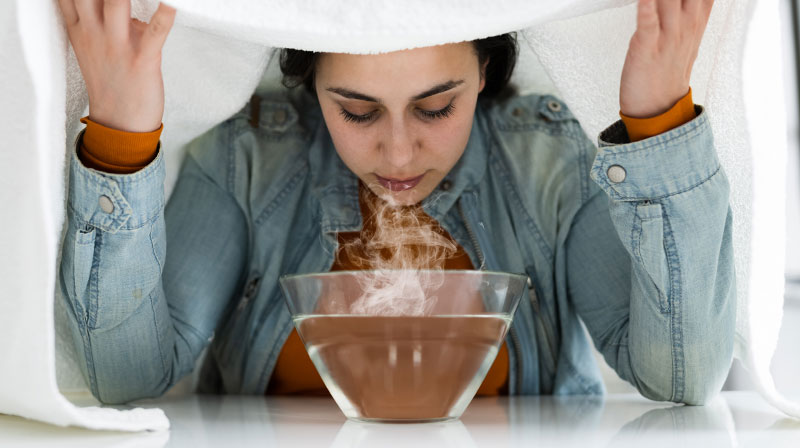
For some people, inhaling cold or dry air can exacerbate lung issues they may have. Steam therapy, or inhaling water vapor, loosens up any mucus and stale air present in your lungs and allows you to breathe much easier (at least temporarily).
To get started with steam therapy, boil some water, then carefully pour the boiling hot water into a large bowl. Drape a towel over your head and lower your head towards the bowl and inhale the steam for at least a couple of minutes.
Don’t inhale the steam for longer than 15 minutes, and don’t do this with children to prevent the risk of burning themselves. For young children, you can run a bath or have your child shower with the hot water turned on for a similar effect.
4. Eat More Anti-Inflammatory Foods

An over-active inflammatory response can make breathing more difficult for a person and cause chest congestion and mucus buildup. Eating food known for its anti-inflammatory properties can calm this down and bring you relief.
Some foods that are known to reduce inflammation include (but are not limited to):
- Olive oil
- Tomatoes
- Dark chocolate
- Berries
- Mushrooms
5. Do Some Controlled Coughing
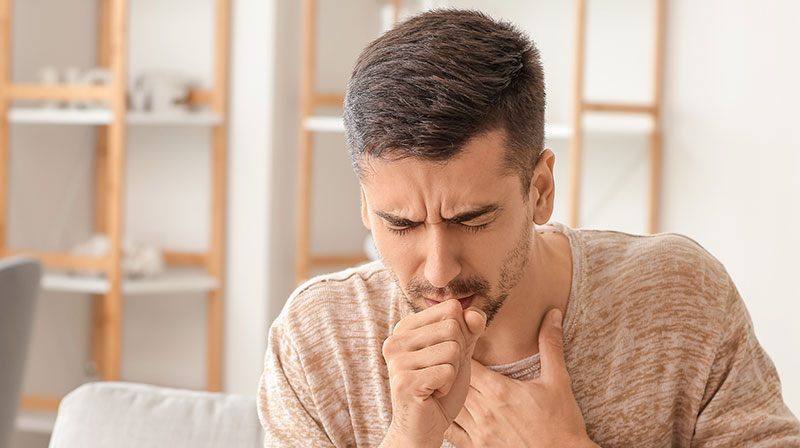
Coughing expels mucus trapped in your respiratory tract and brings along with it any toxins you may have inhaled. For those with COPD and other lung conditions, however, this could be due to excess mucus buildup.
The main difference between a controlled cough and a cough from an infection or other medical condition is that controlled coughing only contains enough force to loosen whatever trapped mucus present in your lungs without narrowing your airway and restricting the flow of oxygen.
To do a controlled cough:
- Sit on the edge of your bed or a chair and put both your feet on the floor.
- Fold your arms across the abdomen and take a deep, slow breath through your nose
- Lean forward while pressing your abdomen with your arms and cough around 2-3 times with your mouth open. The first cough loosens the mucus, while the second and third coughs expel the mucus out of your body
- Take another gentle breath through your nose.
- Rest, then repeat if necessary.
6. Drink Some Green Tea
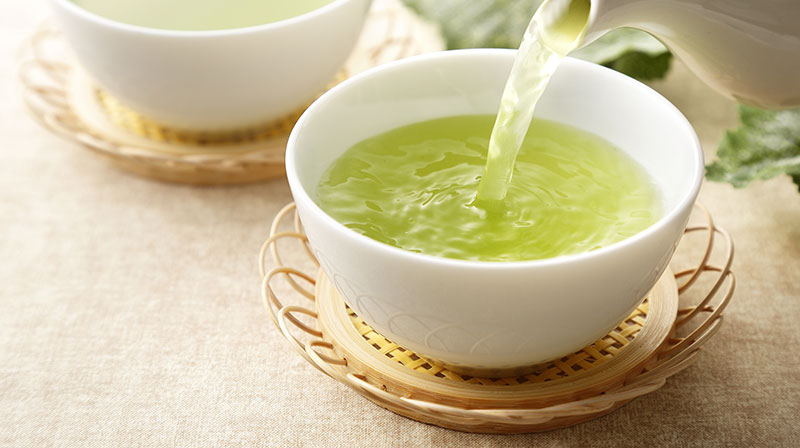
A cup (or two) of green tea brings in a healthy dose of antioxidants that reduce inflammation in your lungs. The caffeine found in green tea also helps muscles in your lungs relax and dilate your airway.
Here's an infographic guide that you can use. Feel free to download, save and share it with your loved ones: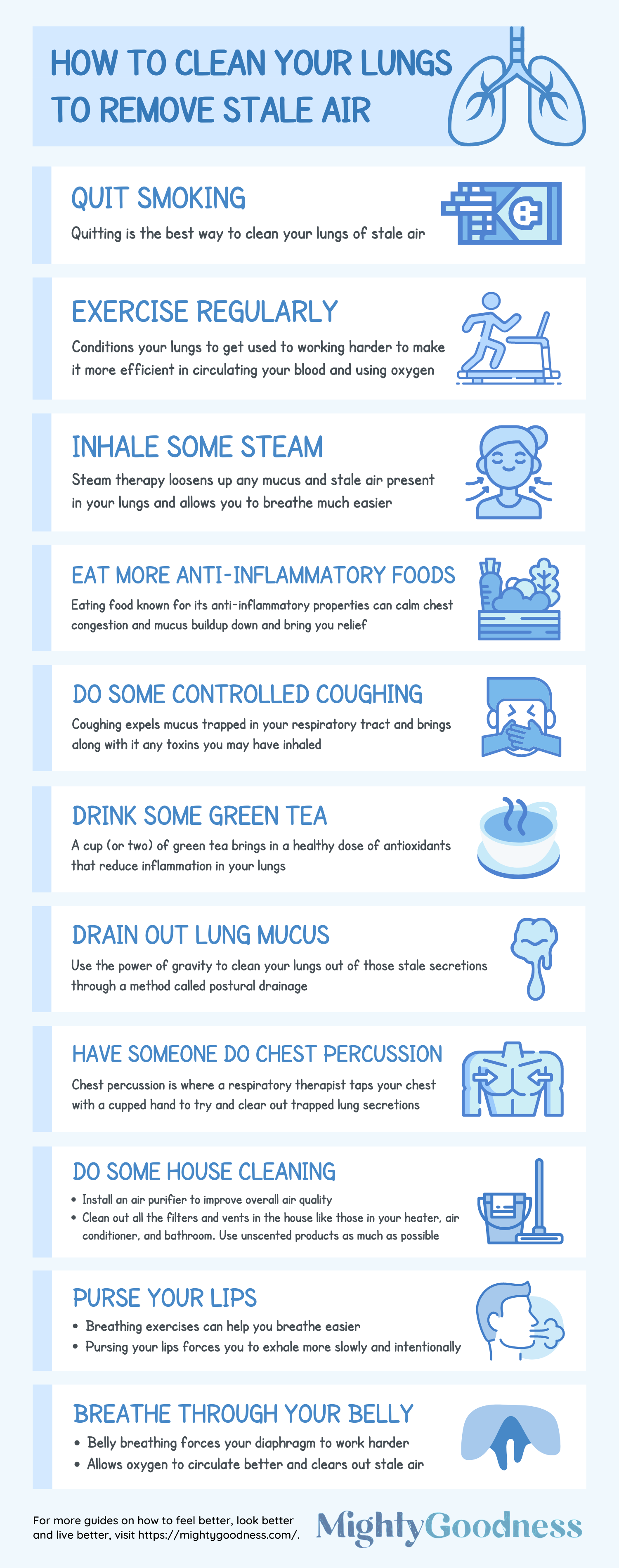
A study published in the Journal of Nutrition done with more than 13,000 middle-aged adults in South Korea show that those who drink at least 2 cups of green tea a day are less likely to develop COPD than those who don’t.
RELATED: Pain on Left Side of Body | Why Does My Left Side Hurt?
7. Drain Out Lung Mucus
You can use the power of gravity to clean your lungs out of those stale secretions through a method called postural drainage.
To get started:
- Lie down on your bed on your back, side, or stomach.
- Place some pillows on you in such a way that your hips are above your chest.
- Inhale through your nose, and exhale through the mouth. Make sure your exhale takes twice as long as your inhale.
- Continue breathing this way for a few minutes, and the mucus should eventually drain out through your nose or mouth.
8. Have Someone Do Chest Percussion
Chest percussion is where a healthcare provider, usually a respiratory therapist, taps your chest with a cupped hand to try and clear out trapped lung secretions. This especially works best in tandem with postural drainage.
While this is a great and effective way to clean your lungs out, only do this with the help of a healthcare professional as this requires the proper technique to do it safely due to the risk of choking or drops in oxygen levels.
9. Do Some House Cleaning
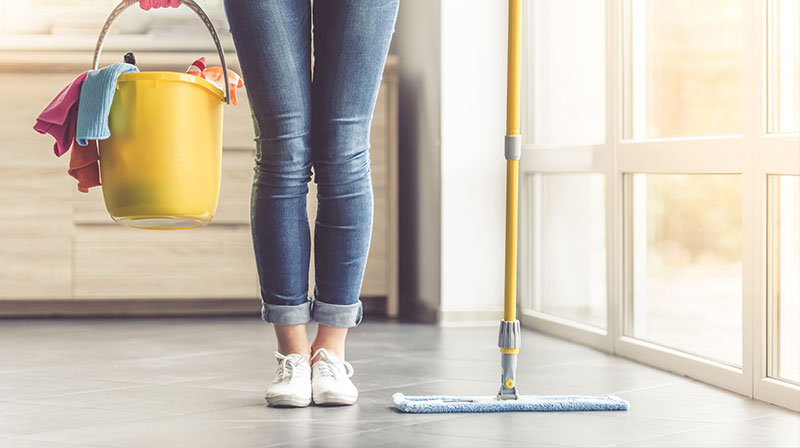
One way to not have to cleanse your lungs is to ensure the air you breathe in is clean. Some small ways to clean the air include:
- Installing an air purifier to improve overall air quality.
- Cleaning out all the filters and vents in the house like those in your heater, air conditioner, and bathroom.
- Using unscented products as much as possible. Fragrances can be full of chemicals or irritants that can cause lung inflammation.
10. Purse Your Lips
Breathing exercises can help you breathe easier, particularly for those with chronic lung disease, and current or former smokers. Pursing your lips forces you to exhale more slowly and intentionally.
To do the pursed-lip breathing exercise:
- Sit straight or lie on your back. Make sure to relax your shoulders
- Inhale through your nose and take a deep breath.
- Purse your lips and exhale as slowly as you can.
- Repeat steps 1-3, increasing the time it takes to inhale and exhale the more you do it.
11. Breathe Through Your Belly
Belly breathing forces your diaphragm, the large muscle at the base of your lungs, to work harder. This allows oxygen to circulate better and clears out stale air much faster than the usual “chest breathing” people end up doing more often.
To do the basic diaphragmic breathing exercise:
- Sit or lie down in a comfortable position.
- Put one hand on your chest, and another on your belly.
- Breathe through your nose until you can’t take any more air. Feel your chest hold still and let your belly expand.
- Purse your lips and exhale slowly while your stomach contracts to its original state.
- Repeat several more times.
As you relearn how to breathe with your belly, your heartbeat slows down and doesn’t have to pump as hard, and your blood pressure also stabilizes closer to the normal rate.
Have some time to spare? Follow along with this breathing exercise from The Great Kind to clean your lungs:
Learning how to clean your lungs can help them perform their job in the most optimal way. Whether you’re a former smoker or someone living with a chronic illness, managing your lung health helps you live your best life.
How do you clean your lungs up of stale air and other debris? Share your tips in the comments section below!
Up Next:
- We’re Breathing All Wrong [PODCAST]
- 13 Wonderful Benefits Of Yoga For Men
- There Are 2 Kinds of People
Please stay connected with us on Facebook, Pinterest, Instagram, and Twitter. Join our community here and Feel Better, Look Better and Live better with us.
Trending
Get Updates
SIGN UP FOR OUR NEWSLETTER TODAY

7 Grocery Shopping Tips For Making Healthy Choices
